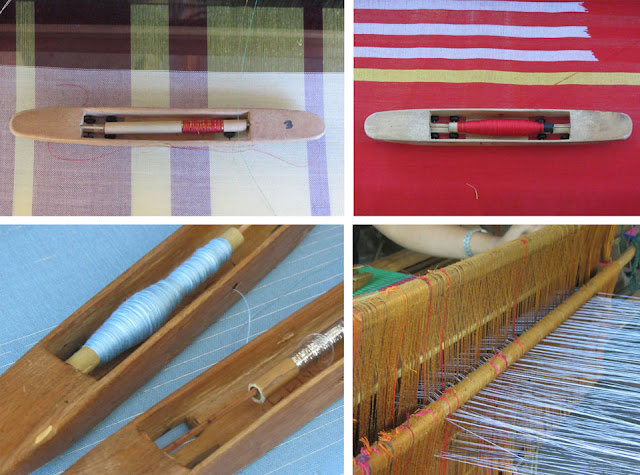Signs when a child has cancer
Childhood cancer is curable especially when it is diagnosed early. Health workers are usually the ones who first receive complaints of ailments from indigent families in their district.
SYMPTOMS
Dr. Lita Paclibar, pediatric oncologist shared the different signs and symptoms of cancer, as follows:
1. Weight loss, especially if it is unusual because the child is not on a diet, not exercising or is eating a lot.
2. Headaches that awaken the child. “We sleep in order to get rid of a headache. But when a headache wakes the child, that is not normal,” Paclibar said.
3. Increased bone pains and swelling, mostly on the legs, hips, and back.
“When a child complains of pain in these areas, have a bone scan immediately. Because if you wait for the tumor to show, it means that cancer may have spread,” she said.
“When a child complains of pain in these areas, have a bone scan immediately. Because if you wait for the tumor to show, it means that cancer may have spread,” she said.
“A bone tumor is the most painful. The most common area where it grows is at the femur or the side bone. This makes the patient limp when walking,” Paclibar explained.
4. A lump especially in the abdomen, neck, chest armpits and hips.
“The child does not usually complain but if the tumor is already deep, that’s when you will see it. The lump also appears on the lymph node regions,” she said.
Paclibar assured, though that not all lumps are due to cancer. Some are caused by infections so the doctor will prescribe antibiotics.
“But that should reduce in size in two to three weeks. If not, the child will need more work-up,” she said.
Lumps that are not movable and more than 1 centimeter in size are suspect, she said.
5. Development of bruising, bleeding and rash that is unusual.
6. Constant infections like repeated cough, colds and fever despite appropriate treatment.
“But, it’s normal for children to have nine incidences of colds in a year,” she said.
7. White spot in the pupil of the eye.
“You can detect this if you take a picture of the child or during dim light. If it’s already noticeable, it means that it’s already big,” she said, referring to retinoblastoma, cancer of the retina.
8. Nausea and vomiting that are unexplained.
“It’s associated with projectile vomiting, headaches or abdominal rash,” Paclibar said.
9. Increased tiredness and noticeable pallor.
“Children who have a fever are still energetic. They still run around. So, it’s suspect when a child becomes weak,” she said.
10. Eye or vision changes like bulging eyes, squinting, decreased vision and double vision.
11. Recurrent fever of unknown origin.
“This fever occurs any time of day, is relieved temporarily by paracetamol and does not improve by intake of antibiotics,” she said.
“If you see these symptoms in the child, do a thorough history and physical exam. Look for other problems. Refer the child to a pediatrician or to a center with a pediatric oncologist,” Paclibar told the health workers.
GOVERNMENT PROGRAMS
Meanwhile, Dr. Joselito Caso, also an oncologist, shared that the government has programs for cancer patients.
Philhealth’s Z package benefits those with acute lymphoblastic leukemia. Those who are eligible are ages one to nine years old, no CNS involvement, if males, no testicular involvement (enlargement); the total WBC at diagnosis is less than 50,000 and the immunophentoype is precursor B.
Those qualified are those whose parents are Philhealth members and patients that are sponsored by the local government unit.
“The package’s coverage is P210,000 for three years treatment,” Caso said.
Another program is the ALL Medicines Access wherein patients with leukemia are provided with free medicines for chemotherapy at Department of Health-ran hospitals.
“The length of treatment is 2 ½ years for females and three years for males,” Caso said./




